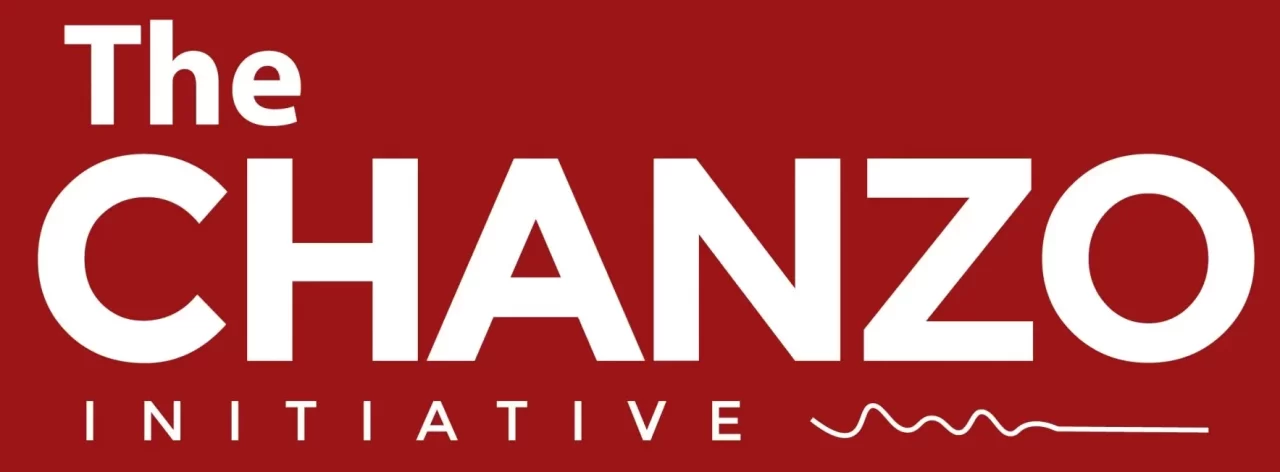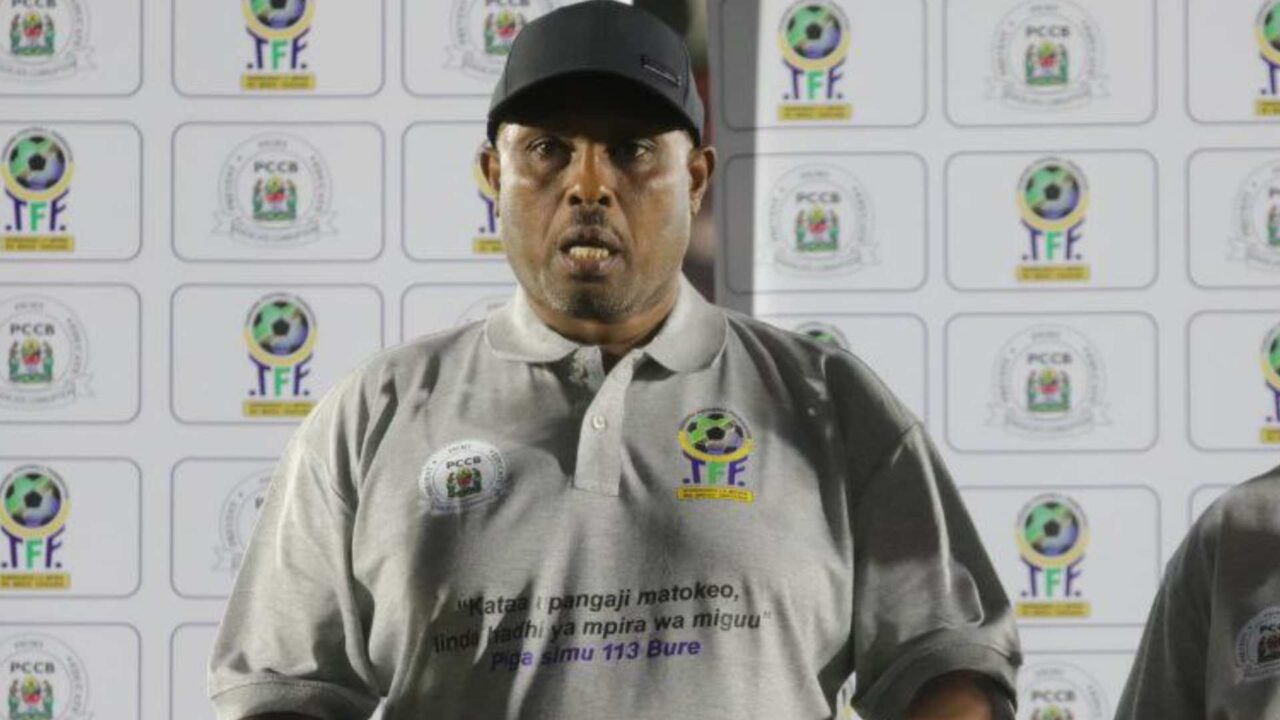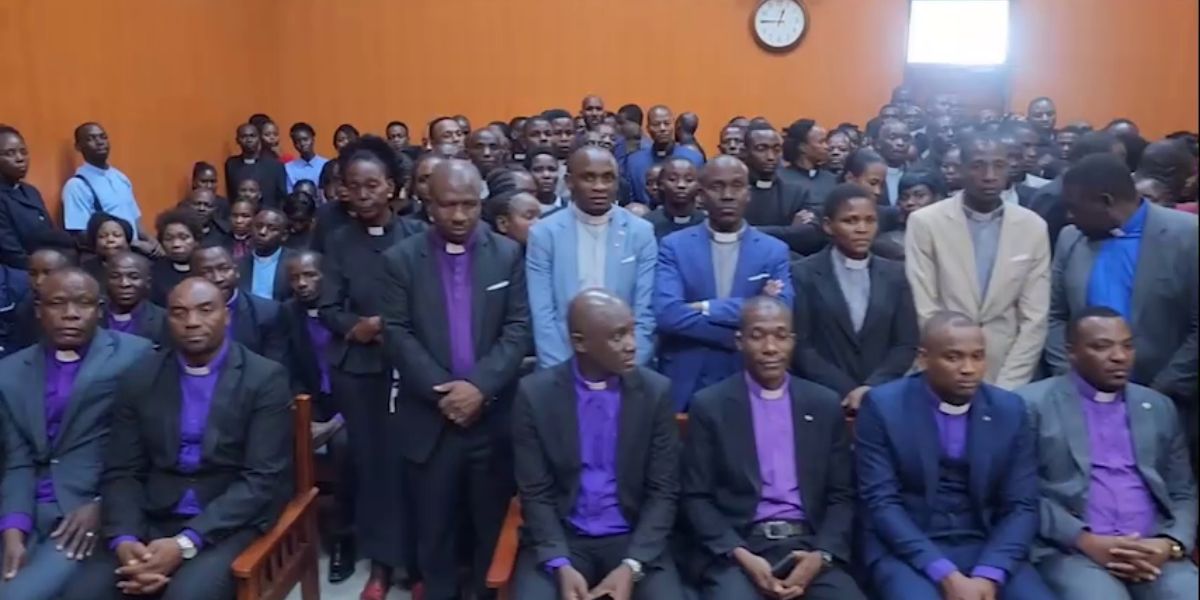Tanzania has a long history of Artisanal and Small-scale Mining (ASM) sectoral activities that date back 1960s with its rapid growth leading to the appreciation of gold prices in the 1970s.
ASM sectoral activities are thought to start at the Bulyanhulu goldfields in Kahama, followed by the North Mara area in the 1980s where the activities served as a secondary livelihood activity, with subsistence farming serving as the main livelihood activity.
With the end of the state monopoly of the mining sector in the 1980s, the government encouraged artisanal mining in the country, going as far as formalising the artisanal mining sector which helped put in place proper structures.
The National Bank of Commerce (NBC) was the middleman between the miners and the Bank of Tanzania (BoT), as the former acted as the aggregator for the gold commodities from the miners before handing the commodity over to the latter.
Today, the ASM sector in Tanzania, just like in other parts of the world, especially in resource-rich countries in Africa, parts of Asia and South America, has a historical inclination to informality, lack of needed expertise and unsustainable trends.
What this means is, the primary players in this economic subsector are still using rudimentary tools. They have no access to expert-skills-based training on mining and operate without any geological data. All this boils down to the reputation of the ASM sector being environmentally unviable.
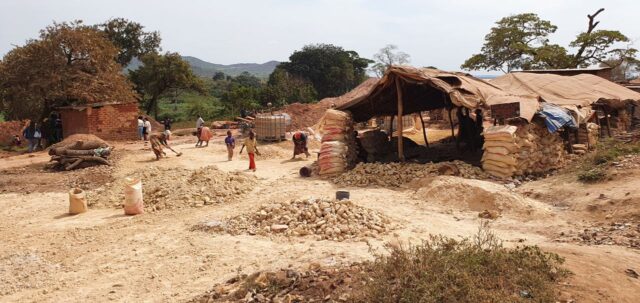
The causes of such characteristics are broad and sometimes complex in nature. However, let me attempt to bring some understanding of this complexity, with hopes that a progressive discussion will ensue.
READ MORE: Stakeholders Call on Media to Stop Stigmatizing Artisanal Miners
A confusing definition
For starters, experts within the government, Civil Society Organisations (CSOs) and the private sector seem to have a confusing definition of the word ‘formalisation’ with regard to the ASM sector. Formalisation tends to be confused with legalisation.
It is exactly this confusion that key stakeholders attempted to address during the recently-concluded Jukwaa la Uziduaji (Extractive Platform) organised by HakiRasilimali in a panel discussion moderated by the Foundation for ASM Development (FADev).
While legalising the ASM sector is part and parcel of the formalisation process, the former should not be confused with the latter. Formalisation considers the aspects of the environment, health, safety and the institutionalization of labour and other regulatory statutes in a country context.
In Tanzania, and perhaps in most African countries, there is only one mining law that regulates both large-scale and artisanal and small-scale mining sectors. This is wrong. The two sectors are entirely different in terms of needs and methodology of working.
READ MORE: Tanzanian Nationals Sue Barrick Gold in Canada
Apart from addressing this legalisation issue, formalisation also requires a technical inventory to be in place. This means the availability of geological data, equipment and processing technical know-how.
This is a step that is normally overlooked when the government, in particular, venture into operationalising the ASM sector. This could be a result of the time and resources needed to have this technical inventory and hence authorities’ evasion.
In other words, you would say that authorities are taking the easy way out just so that they can be in a position to claim that the ASM sector in Tanzania has been formalised.
Counterproductive
But this is counterproductive. Proper formalisation of the sector would mean proper support to its members in terms of finance, market, technical skills and technology, business and leadership skills.
Primary mining license (PML) holders do not have any collateral and there is no structure in the country that gives any weight to the PML to act as collateral for miners to access finances from local financial institutions.
The situation as it is now in Tanzania is that the miner who wants to acquire PML must do a scanning on a parcel of land they think could have gold deposits viable for ASM extraction.
READ MORE: CHADEMA Rejects Findings Regarding Petra Diamonds Dam Breach
Another person owns the surface rights of the land in question. Subsequently, the PML owner must have an agreement with the land owner, after which the government will seek production share from both – right from the local government authority at the operation’s locality.
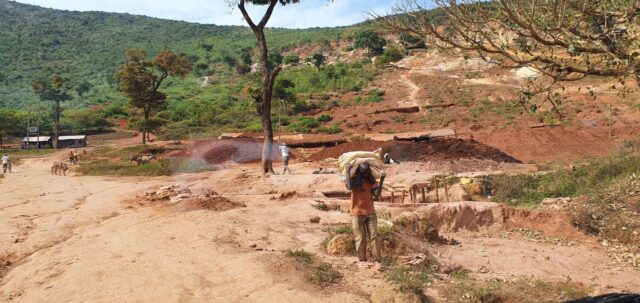
It is, therefore, important that the importance of long-term business planning, and keeping records of capital, expenditure, sales and profit, should be part and parcel of the formalisation process.
This aspect prepares miners for opportunities to diversify into more sustainable non-mining businesses.
Institutionalisation
Proper formalisation of the sector also would mean institutionalising it too. This phase calls for the government to run capacity-building programs and expand cooperatives/associations as well as ensure proper coordination structures.
With proper infrastructures in place, capacity building in different areas relevant to running a responsible, inclusive and sustainable ASM sector is possible.
As part of this institutionalisation process, the Mining Commission has succeeded in issuing Primary Mining Licenses (PMLs) to ASM Miners SACCOs, Cooperatives and Associations.
However, the government has failed in following through to ensure that the groups work as groups and are responsible for the areas allocated for their operations. Rather, these groupings are set in a clientele approach, where the government through relevant authorities and agencies focuses on rent collection.
READ MORE: To Get the LNG Project Right, Avoid Mistakes Made in Mining
Such a setting causes irresponsibility and promotes daylight thievery against the miners and the government by public officials.
The formalisation process will also require addressing issues of payments of fees, taxes and the government capitalising on revenue collection from ASM operations.
This, to its credit, is a part that the government has played very well. Through the Mining Commission, the government has installed Mineral and Gemstone houses in all areas where mining activities happen.
In conclusion, legalising the ASM sector is only a tip of the work that has to be put into realising a fully formalized and sustainable ASM sector in Tanzania. The formalisation process is undoubtedly a challenging, time- and resource-consuming one.
But it is a process that we cannot ignore if we really appreciate the role of the ASM sector in poverty alleviation in the country.
The government must be at the forefront in implementing this process, with other stakeholders, like development partners, the private sector and CSOs providing the necessary support.
Evans Rubara is a stakeholder influencing and international development professional with specific interest in natural resource management, Communities and sustainability. He can be reached at erubara@outlook.com or on Twitter as @ThePunditsFolly. These are the writer’s own opinions and do not necessarily reflect the viewpoints of The Chanzo Initiative. Do you want to publish in this space? Contact our editors at editor@thechanzo.com for further inquiries.
